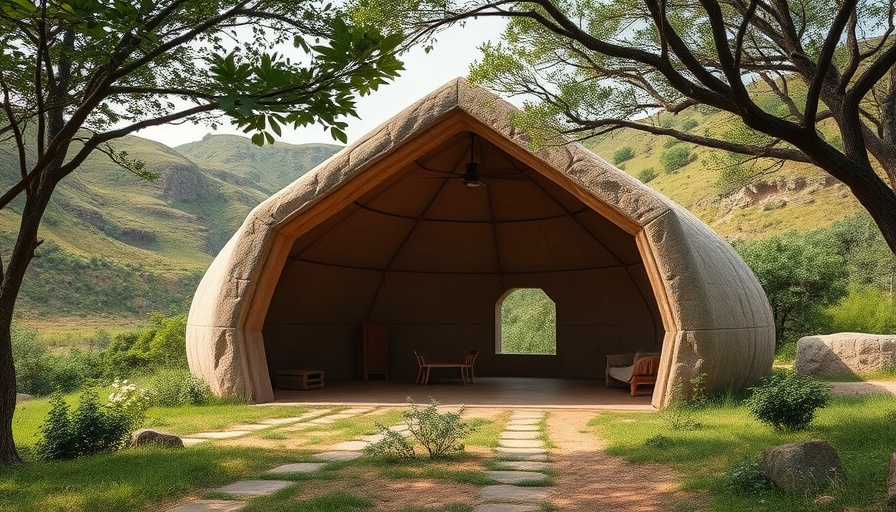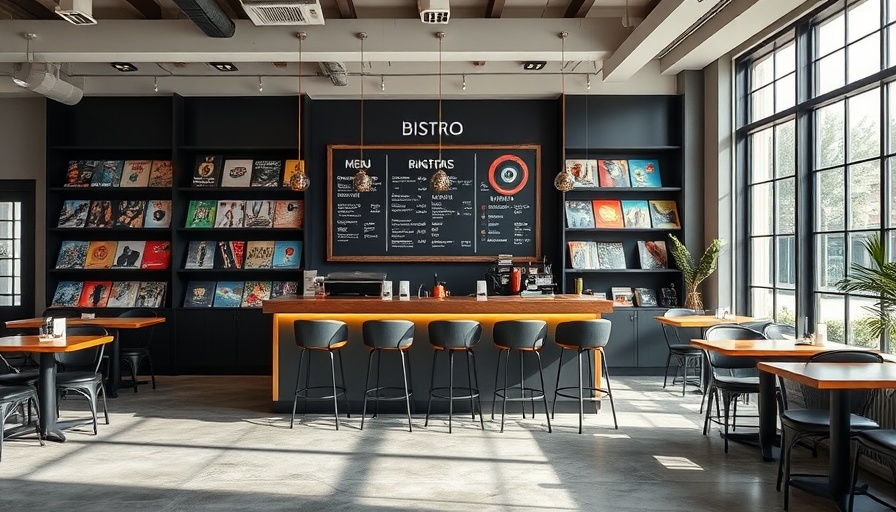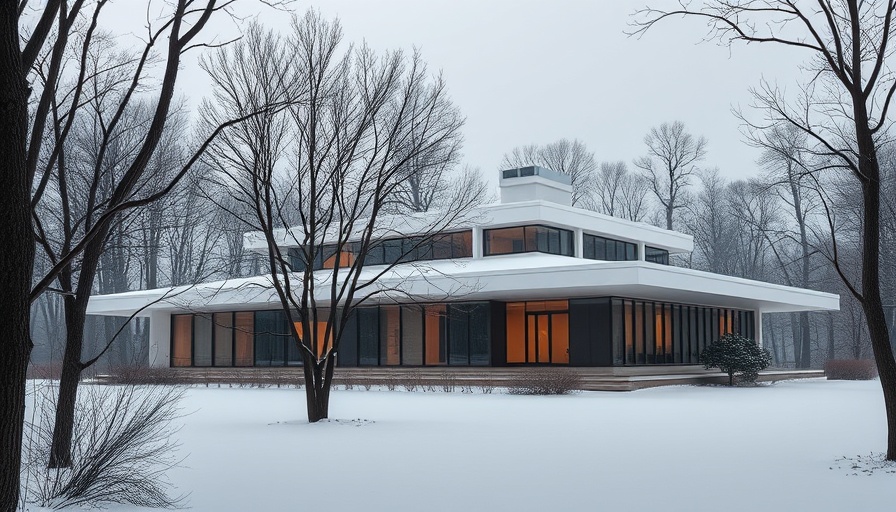
Rammed-Earth Shelter: A Model for Eco-Friendly Workspaces
Irish architects, Fuinneamh Workshop Architects, have introduced an innovative rammed-earth shelter in Cork’s Tramore Valley Park, blending sustainable design with environmental education. This newly established EcoLab, named Den Talamh or 'of the earth', is not just an architectural achievement; it also serves as a potential model for creating comfortable and efficient remote workspaces. This article explores how such designs can inspire modern professionals, particularly digital nomads eager to align their work with nature and sustainability.
Understanding Rammed Earth as a Sustainable Material
The ethos behind the EcoLab centers on a minimal environmental footprint, with Fuinneamh Workshop Architects advocating for the use of materials that maintain a direct relationship to the Earth. Constructed using rammed earth, the shelter is notable for being the first publicly funded rammed-earth project in Ireland. Rammed earth is known for its thermal regulation properties, which can create more comfortable environments, critical for productivity in workspace design.
Creating Spaces That Foster Connection
At eight by five meters, the structure’s size harkens back to a typical Irish cottage while drawing inspiration from Greek agoras. This design choice underlines the importance of community connection and dialogue, emphasizing how a workspace can influence social interactions. For digital nomads, who often choose to work in unique locations, such spaces can help combat the isolation that can accompany remote working.
The Importance of Location in Workplace Design
Situated near a restored marshland that was once a landfill, the EcoLab poignantly reflects the area's transformation while providing a space for gatherings focused on environmental sustainability. By working in natural settings like this, individuals can experience increased well-being and productivity. The choice of materials, sourced directly from the site, creates a sense of belonging and integration with the local ecosystem—a crucial aspect for those continuously seeking inspiring environments for work.
Lessons in Ergonomic Design from Traditional Architecture
Adjusting our workspaces for optimal comfort is key, and the EcoLab offers several lessons. The thatched roof, for instance, provides effective insulation, reminiscent of traditional Irish architecture. The balance of materials facilitates air flow, making the space inviting and conducive to prolonged periods of work. For digital nomads constructing temporary setups, these concepts highlight how traditional designs can inform modern, ergonomic principles, enhancing the remote working experience.
Using Nature to Inspire Productivity
The rammed-earth shelter’s creation involved local craftsmanship and volunteer support, echoing a community effort towards environmental stewardship. For remote workers, drawing inspiration from nature—whether through choosing workspace locations mirroring the EcoLab or incorporating natural elements into designs—can boost creativity and motivation. Emphasizing a connection to the earth, as this architectural project does, can also foster mindfulness, aiding productivity and enhancing overall wellness.
Future Trends in Workspace Design
As we look toward the future, the EcoLab could set a precedent for new workspace trends. The integration of sustainable, eco-friendly materials and design principles is increasingly relevant as remote work becomes normalized across the globe. For digital nomads seeking to create their ideal working environments, learning from these innovative designs can facilitate healthier, more sustainable practices that enhance work-life balance.
The journey towards creating effective and comfortable remote workspaces can take many forms. Lessons drawn from projects like the EcoLab illustrate the profound impact that environmentally conscious design can have on personal productivity and well-being.
Incorporating natural elements, ergonomic principles, and community connections can make remote work not just productive, but also a rewarding experience that nurtures our relationships with nature and the spaces we inhabit. In doing so, we can pave the way for healthier work patterns and a more sustainable future.
For those inspired by this innovative design, consider how you can create your own comfortable workspace by integrating natural materials or appreciating the outdoors more in your work hours. Your ideal remote setup could be just a thoughtful design choice away!
 Add Row
Add Row  Add
Add 




Write A Comment